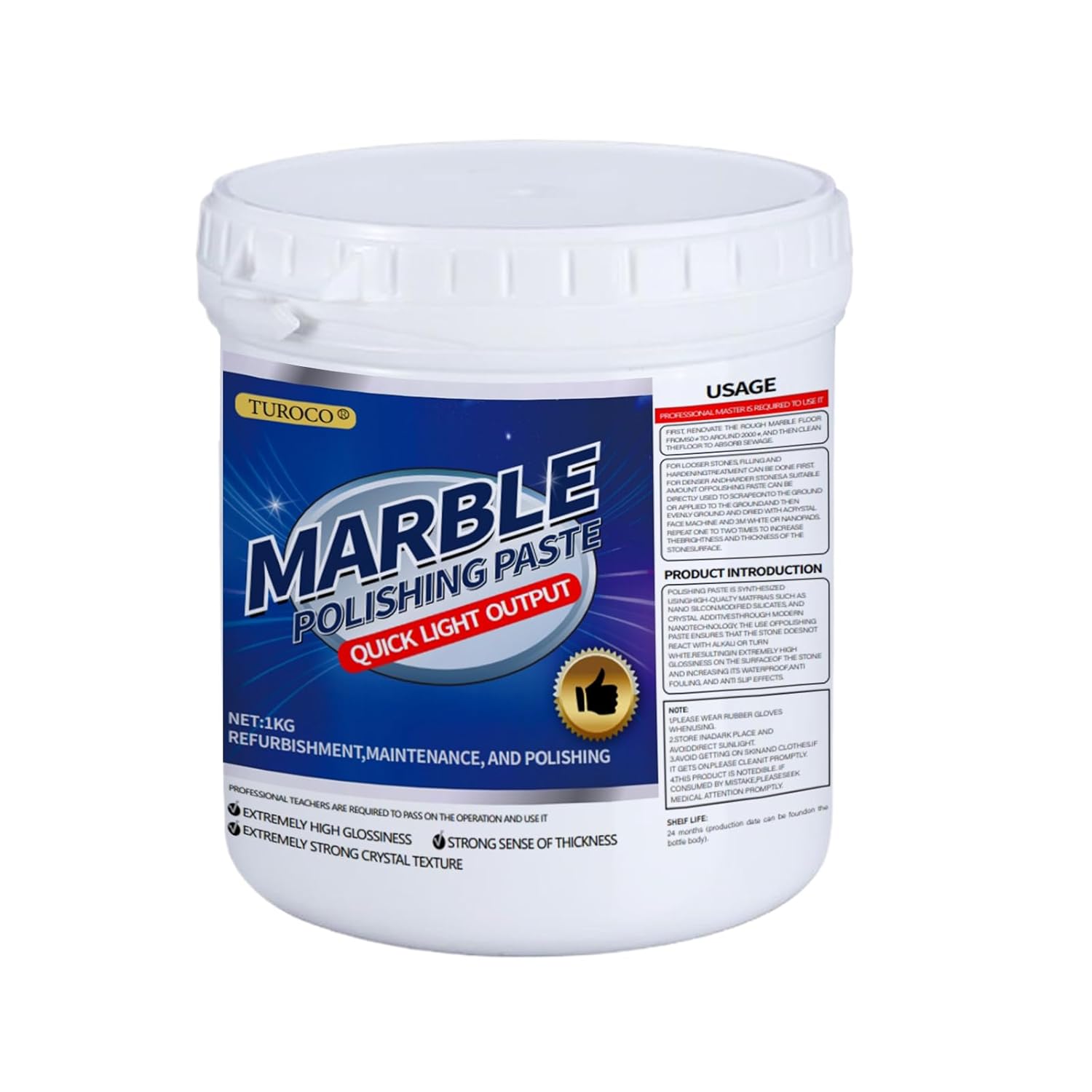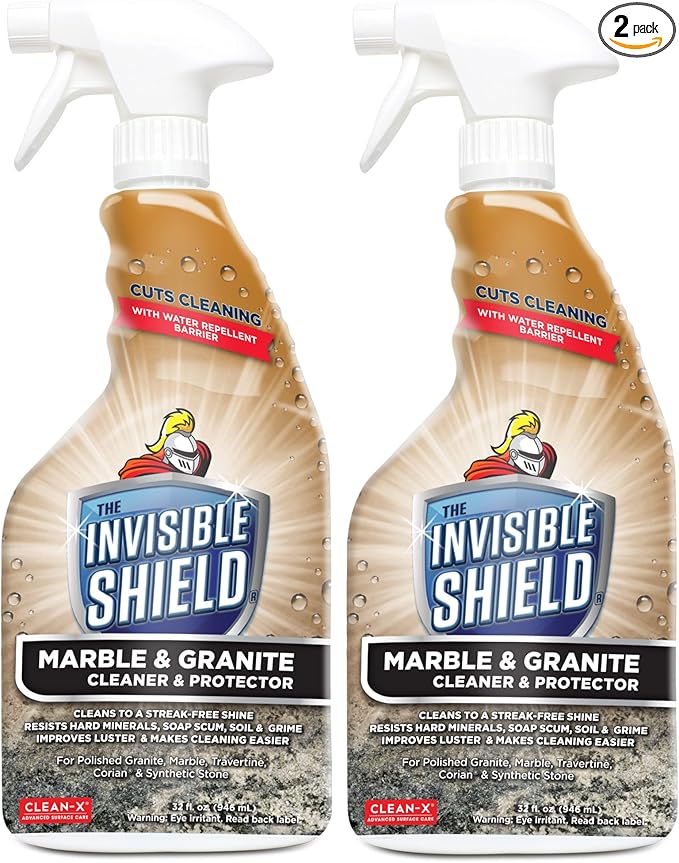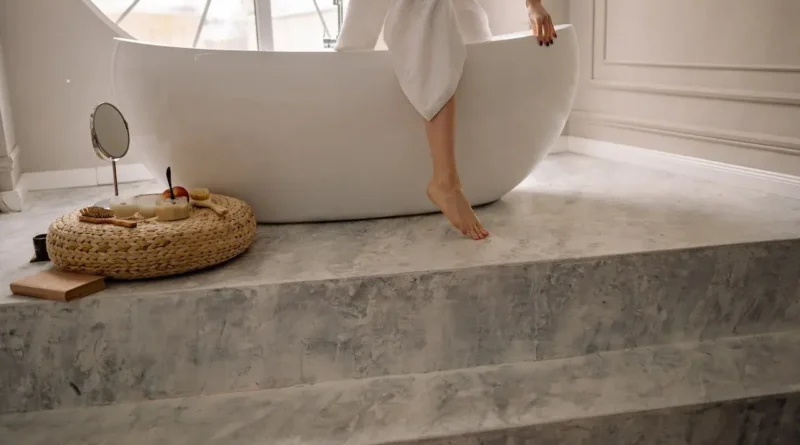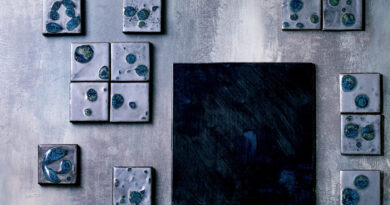How to Care for Marble and Stone Floors Effectively
Installing marble and stone floors is a significant investment. Due to their natural origin and unique structure, proper care and maintenance are essential for preserving their shine, color, and longevity. In this guide, we will provide expert tips on cleaning and maintaining various types of stone floors to ensure their long-lasting beauty.
Table of Contents
Understanding Different Types of Marble and Stone Floors
Before diving into cleaning methods, it’s crucial to understand the differences between various stone surfaces. Marble, a crystalline form of limestone, is popular for its veins and patterns. While marble is resistant to weather conditions, it is highly sensitive to acids, such as fruit juices or vinegar-based cleaners, and strong alkalis. On the other hand, granite, a volcanic rock composed of feldspar, quartz, and mica, is known for its durability and is generally resistant to both acids and alkalis.
Limestone tiles, a type of Jurassic limestone, are frequently used in high-end interiors and share many characteristics with marble, but are also prone to staining. Slate, a sedimentary rock, comes in various colors and has a rustic, rough texture. While it resists alkalis, some varieties of slate are not fully acid-resistant. Travertine, another form of limestone, is known for its porous structure, which can easily trap dirt if not properly sealed. Lastly, terrazzo, a man-made composite of marble or granite chips bound with cement, is celebrated for its strength and water resistance but can be sensitive to acids.
Where Are Marble and Stone Floors Commonly Used?
Marble and stone floors are often chosen for their timeless beauty and durability, making them a popular choice in both residential and commercial spaces. In homes, marble is frequently used in entryways, kitchens, and bathrooms, where its polished surface can create an elegant and luxurious atmosphere. Stone floors, such as granite or limestone, are often selected for living rooms, outdoor patios, and hallways due to their resilience and ability to withstand heavy foot traffic.
In commercial settings, marble floors are a staple in high-end hotels, office lobbies, and shopping malls, where they convey sophistication and grandeur. Stone floors are commonly found in areas that require long-lasting, low-maintenance surfaces, such as restaurants, retail stores, and public spaces. Additionally, natural stone is frequently chosen for outdoor applications, including pathways, garden areas, and pool surroundings, due to its resistance to weather conditions.
Common Mistakes to Avoid When Cleaning Marble and Stone Floors
To ensure the longevity of your stone floors, there are a few common mistakes you should avoid. One of the most harmful is using acidic cleaners, such as vinegar or lemon-based products, on surfaces like marble, travertine, or terrazzo. These acids can cause permanent etching, leaving unsightly marks on the surface. Additionally, the overuse of strong alkaline products can dull polished surfaces over time and cause discoloration. Lastly, neglecting to promptly address spills, especially from oils or fats, can result in stubborn stains, particularly on porous surfaces like limestone and travertine.
Best Cleaning Practices for Marble and Stone Floors
For maintaining the beauty of your stone floors, certain cleaning practices are essential. When it comes to basic cleaning for marble, it is recommended to use a diluted basic cleaner to remove old layers of glaze. Afterward, wipe the surface with a well-wrung cloth to avoid water damage. For granite floors, which are more resilient, you can use the same cleaner without worrying about surface damage, though it’s advisable to avoid polishing products on highly glazed granite. Limestone tiles should be cleaned in a similar manner to marble, but with extra caution regarding alkaline products that can damage their polish. Slate surfaces, with their rough texture, benefit from regular cleaning with basic products that won’t affect the stone’s natural finish.


The Marble Polishing Paste is made from premium materials, offering exceptional results for marble and granite surfaces. It provides long-lasting protection, making surfaces water-resistant, easy to clean, and shiny. Designed for use with diamond and wool polishing pads, it works best with a polishing machine for a professional finish. The paste comes in a 1KG container, delivering high-performance care for stone surfaces.
How to Polish and Protect Marble and Stone Floors
Polishing and sealing stone floors are vital for keeping them looking fresh. After basic cleaning, marble and limestone floors can be polished using products like Emsal Ceramic Stone to enhance both color and shine, though it is important to avoid acidic agents during this process. Travertine, being more porous, requires more time to dry after cleaning to prevent water damage. In the case of terrazzo, while newly installed surfaces may not need polishing, older or more matte floors will benefit from using polishing products to restore their appearance.
Best Cleaning Practices for Marble and Stone Floors
To maintain the beauty and longevity of your marble and stone floors, it’s important to use the right cleaning products and tools. The best cleaners for these surfaces are pH-neutral products, as acidic or alkaline cleaners can damage the stone. For example, vinegar-based products or those containing strong alkalis should be avoided to prevent etching or discoloration. Instead, opt for specialized stone and marble cleaners, such as Emsal Ceramic Stone Cleaner, which is formulated to effectively clean without causing harm.
In addition to using the right cleaning solution, it’s crucial to use the appropriate tools. A soft microfiber mop is ideal for marble and stone floors because it picks up dirt without scratching the surface. Make sure the mop is well wrung out to prevent excess water from sitting on the stone, as too much moisture can seep into the material and cause damage over time. Non-abrasive cloths are also recommended for wiping surfaces, as rougher materials could leave scratches.
For regular maintenance, using a vacuum with a hard floor attachment (without rotating brushes) is a good way to remove dust and debris before wet cleaning. If you’re dealing with more frequent dirt, daily sweeping or dusting with a microfiber mop will keep the floors looking pristine.
In addition to regular cleaning, applying a protective sealer can help safeguard the floors from stains and wear. Sealers create a barrier that prevents liquids and oils from penetrating the stone, making it easier to maintain the floors’ natural shine and prolong their life.


Invisible Shield Marble & Granite Cleaner & Protectant offers a dual-action formula that both cleans and polishes natural and synthetic stone surfaces, leaving a streak-free shine. It seals the surface with a protective barrier, making future cleaning easier and preserving the stone’s luster. This eco-friendly product is free of harsh chemicals, ensuring safe and effective maintenance of marble, granite, and other stone surfaces.
Daily Maintenance Tips for Marble and Stone Floors
Daily upkeep of your stone floors is simple but important. For regular cleaning, you can dilute Emsal Ceramic Stone cleaner (two capfuls per bucket of water) and use it to clean the floors. For in-between cleans, Emsal Care Clean (three capfuls) works well to maintain the surface’s cleanliness. Always wipe the surface with a well-wrung cloth to avoid water streaks and build-up that can dull the stone.
How to Handle Stains and Spills on Marble and Stone Floors
Accidental spills and stains are inevitable, but knowing how to manage them will protect your floors. Oils and fats, especially on marble and limestone, should be cleaned immediately to prevent staining. Start by blotting the area with a dry cloth to absorb as much of the spill as possible, followed by gentle cleaning with a suitable product. If acidic liquids such as juice or soda come into contact with marble or travertine, rinse the area with water right away to neutralize the acid and prevent etching. While slate surfaces are generally durable, stains should be treated with care, avoiding any products that could leave residues or polish the stone’s natural rough finish.
Keep Your Marble and Stone Floors Shining for Years
By following these expert tips, you can preserve the natural beauty of your marble and stone floors for years to come. Proper cleaning, polishing, and maintenance will not only protect your investment but also ensure that your floors remain a stunning feature of your home.



